What Colors Make Green: A Comprehensive Guide for Painters
Welcome to the enchanting world of color, where every hue tells a story, stirs emotions, and paints the canvas of our lives. In this kaleidoscope of colors, green stands as a symbol of life, nature, and growth. From the lush foliage of forests to the vibrant hues of fashion, green is a color that surrounds us with its beauty and vitality. Today, we embark on a colorful journey to explore the secrets of mixing green, unveiling the magic that brings this captivating color to life. Let’s discover the captivating world of green in this in-depth guide to color mixing and […]
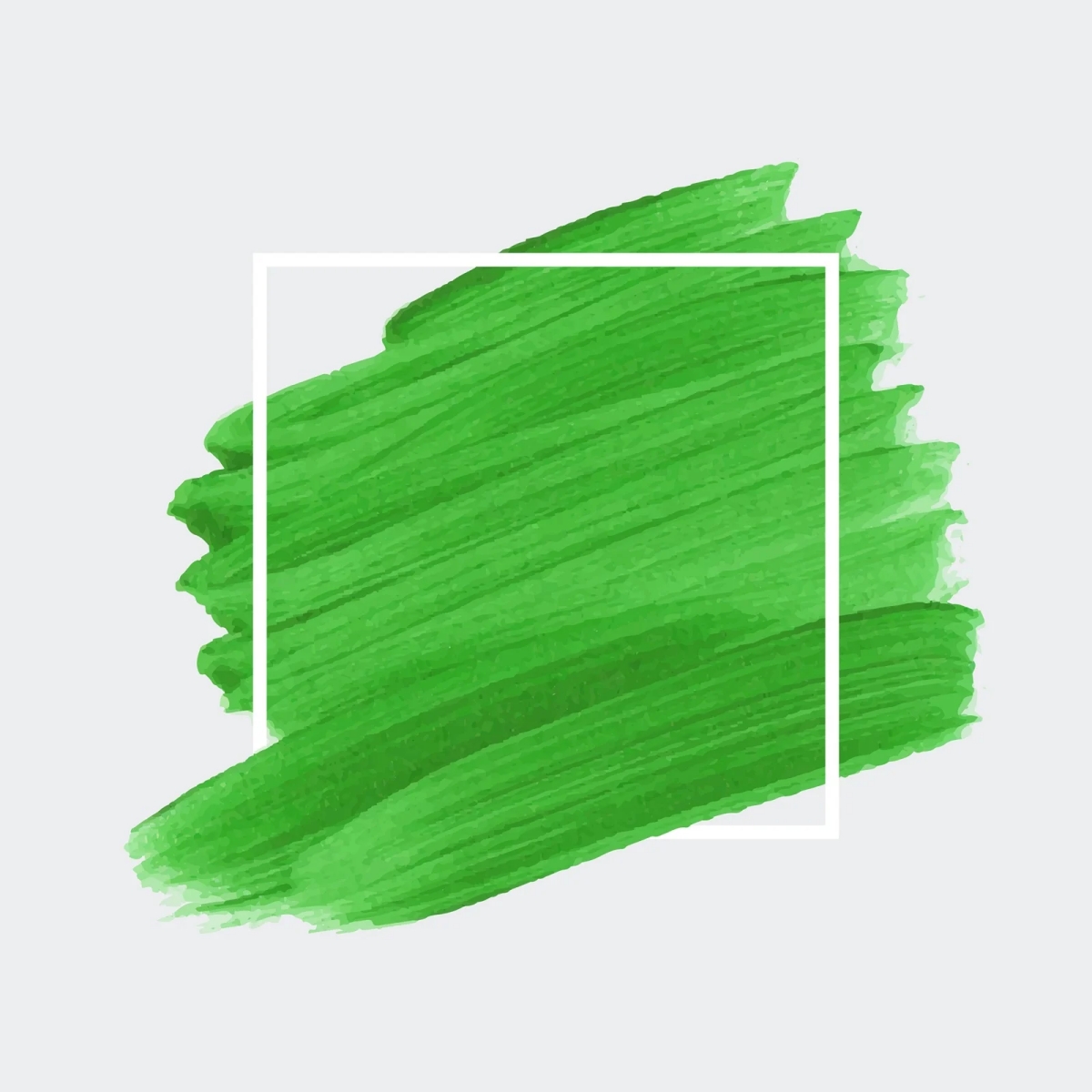
Welcome to the enchanting world of color, where every hue tells a story, stirs emotions, and paints the canvas of our lives. In this kaleidoscope of colors, green stands as a symbol of life, nature, and growth. From the lush foliage of forests to the vibrant hues of fashion, green is a color that surrounds us with its beauty and vitality. Today, we embark on a colorful journey to explore the secrets of mixing green, unveiling the magic that brings this captivating color to life.
Let’s discover the captivating world of green in this in-depth guide to color mixing and design

The Basics of Color Theory
Before we dive into the realm of green, let’s lay the foundation with a brief glimpse into the captivating world of color theory. Imagine a color wheel as a carousel of hues, where primary colors – red, blue, and yellow – take center stage. These primary colors, like the roots of a majestic tree, form the basis for all other colors in the spectrum. However, when we yearn to discover the lush and vibrant world of green, we must look beyond primary colors and explore the art of color blending.
Let’s take a glimpse into the captivating world of color theory

What Colors Make Green?
The enchanting world of colors opens up to us through the captivating dance of hues, where primary colors take center stage, and secondary colors emerge as their harmonious offspring. In this intricate tapestry of colors, green stands as a testament to the artistry of nature itself.
- The Fusion of Blue and Yellow: At the heart of green’s creation lies the alchemical union of blue and yellow, two primary colors that, on their own, convey distinct emotions and moods. Blue, with its tranquil and cool demeanor, mirrors the vast expanse of the sky and the serenity of deep waters. It embodies a sense of calm, wisdom, and introspection. On the other hand, yellow, basking in the warmth of the sun’s golden rays, exudes joy, optimism, and vitality. It radiates with the energy of a new day and the cheerful chirping of songbirds.
- Nature’s Vibrant Palette: When these two primary colors converge, they give birth to green, a hue that harmonizes the calm of blue with the exuberance of yellow. This harmonious blend mirrors the vibrant greens that flourish in the natural world, from the lush leaves of trees to the blades of grass beneath our feet. It’s a color that embodies the essence of life itself, capturing the vitality of nature’s ever-renewing cycles.
A hue that harmonizes the calm of blue with the exuberance of yellow
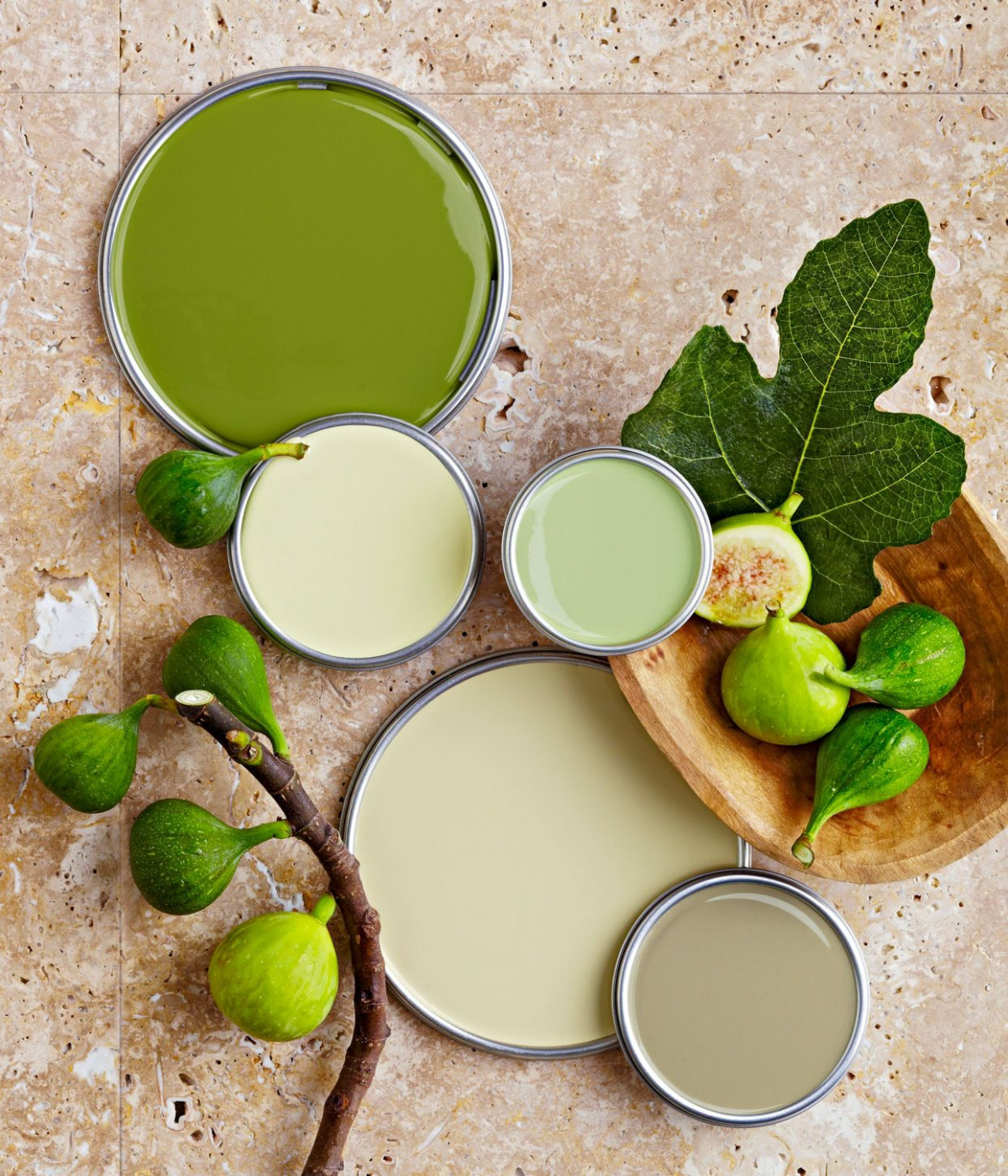
What Does Green Symbolize?
Green is a color rich in symbolism and significance, often representing a plethora of emotions, ideas, and qualities. Its diverse symbolism makes it a versatile and captivating hue in various contexts. Here’s a glimpse into what green symbolizes:
- Nature and Growth: Green is perhaps most strongly associated with nature. It symbolizes the lushness of plant life, the vitality of forests, and the renewal of spring. It reminds us of growth, fertility, and the cyclical nature of life.
- Harmony and Balance: Green is often seen as a color of balance and harmony. It suggests a sense of equilibrium and peace, promoting feelings of tranquility and well-being.
- Renewal and Rejuvenation: Just as new leaves sprout in spring, green symbolizes renewal and rejuvenation. It’s a color that encourages us to start anew, refresh our perspectives, and embrace change.
- Health and Wellness: Green is associated with health and well-being. It’s commonly used to represent healthy food choices, organic products, and a commitment to a healthy lifestyle.
- Fertility and Abundance: In many cultures, green is linked to fertility and abundance. It’s a color that celebrates the bountiful harvest, the growth of crops, and the blessings of nature.
- Youthfulness: The vibrancy of green is often connected to youthfulness and a sense of playfulness. It’s a color that keeps us feeling young at heart and encourages us to embrace a childlike wonder.
- Renewable Energy: In modern contexts, green symbolizes renewable and sustainable energy sources. It’s a visual reminder of our commitment to environmental responsibility and a clean, green future.
Green is often seen as a color of balance and harmony
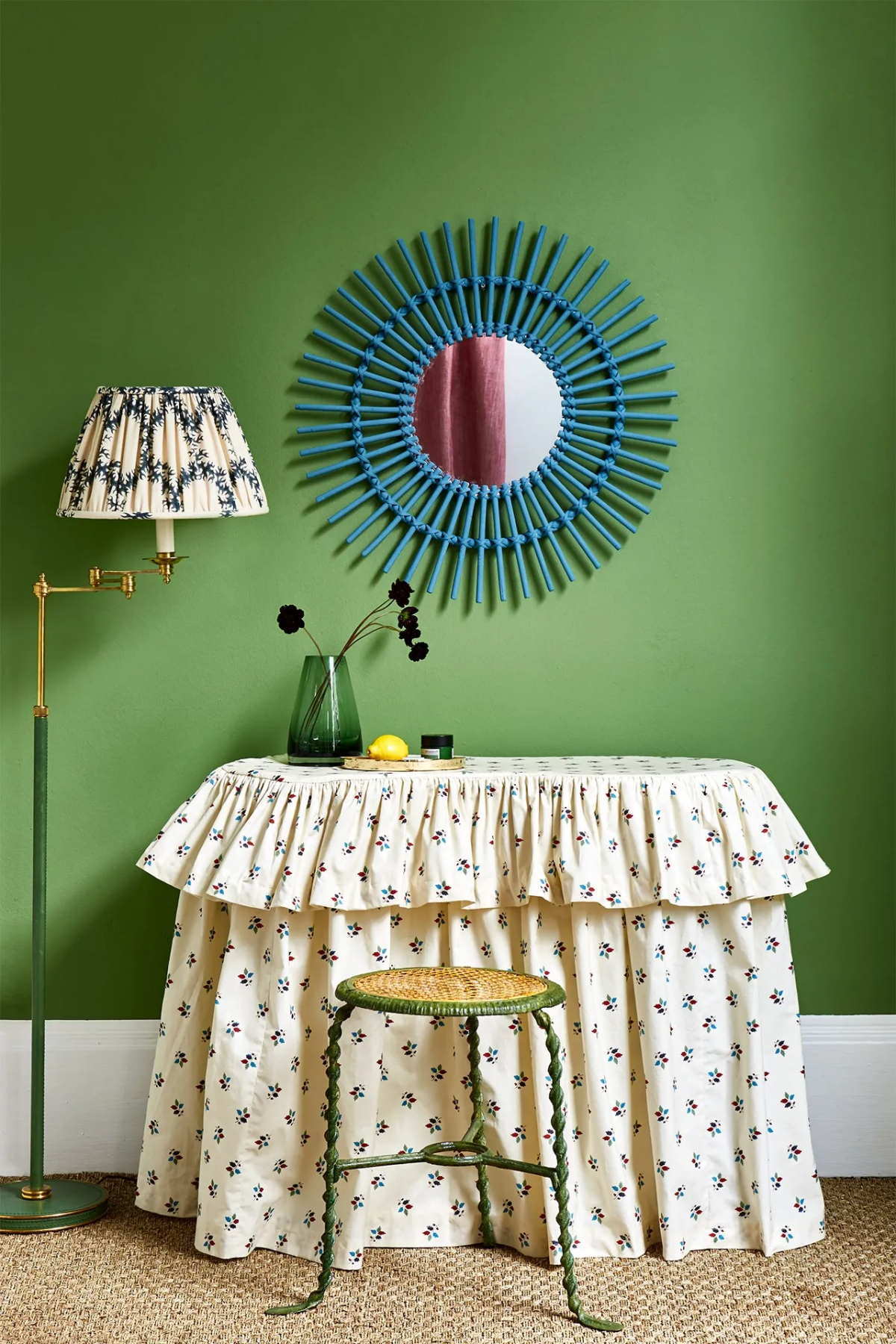
Tools and Materials for Green Mixing
To embark on our journey of creating beautiful greens, we must assemble our artistic toolkit, whether we are traditional painters or digital designers. These tools are our companions, helping us blend and craft the perfect shades of green that inspire our artistry:
- Primary Colors: Blue and yellow, the foundational elements of our color wheel, are the essential ingredients for creating green. Their unique qualities and individual charm will combine to bring the vibrant greens of our imagination to life.
- Secondary Colors: While our primary focus is on green, we mustn’t overlook its secondary color companions – orange and purple. These secondary colors offer harmony and contrast to our color palette, allowing us to explore the rich nuances of green.
- Paintbrushes and Palette: Traditional artists rely on paintbrushes and palettes as extensions of their creativity and expression. These tactile tools enable the blending and layering of colors on a physical canvas, bringing the beauty of green to life with each stroke.
- Digital Design Software: In the boundless realm of digital creativity, design software serves as our canvas and palette. With the guidance of color theory and the power of software tools, we can manipulate and craft the perfect shades of green, bringing our artistic visions to fruition.
Now, as we gather our tools and materials, let’s dive into the fascinating art of mixing green, both on canvas and in the digital realm.
Traditional artists rely on paintbrushes and palettes as extensions of their creativity
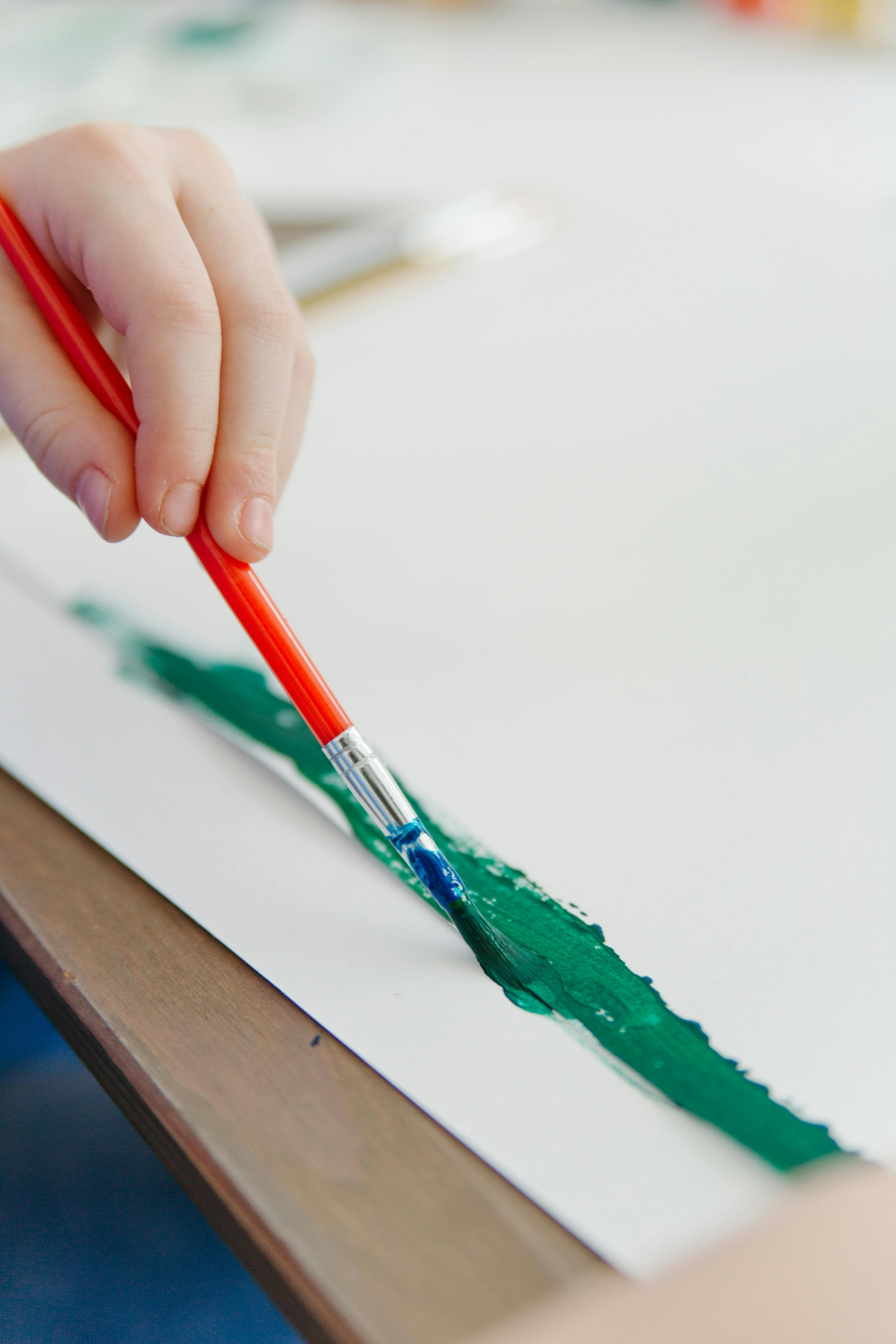
How To Mix Green Paint
For traditional artists, the process of mixing green paint is a delightful journey of experimentation and creativity. Here’s a simple recipe to create various shades of green:
- Emerald Green: Begin with a base of blue paint. Slowly introduce yellow and mix until you achieve the enchanting emerald green. For a lighter shade, add more blue; for a warmer tone, add more yellow.
- Olive Green: Start with yellow paint as your base. Gradually add blue and mix until you reach the earthy and versatile olive green. Adjust the ratio to create lighter or darker variations.
- Mint Green: Begin with a base of white paint. Add a hint of blue and a touch of yellow until you achieve the refreshing mint green. For a cooler tone, increase the blue; for a warmer hue, add more yellow.
- Forest Green: Dive into the depths of a forest green by mixing blue and yellow in equal parts. Experiment with the ratio to create variations that evoke the dense beauty of woodlands.
These are just a few of the green possibilities waiting to be explored on your artistic palette. Remember, the magic of mixing green lies in your hands, and each stroke brings a unique shade to life.
Mixing green paint is a delightful journey of experimentation and creativity
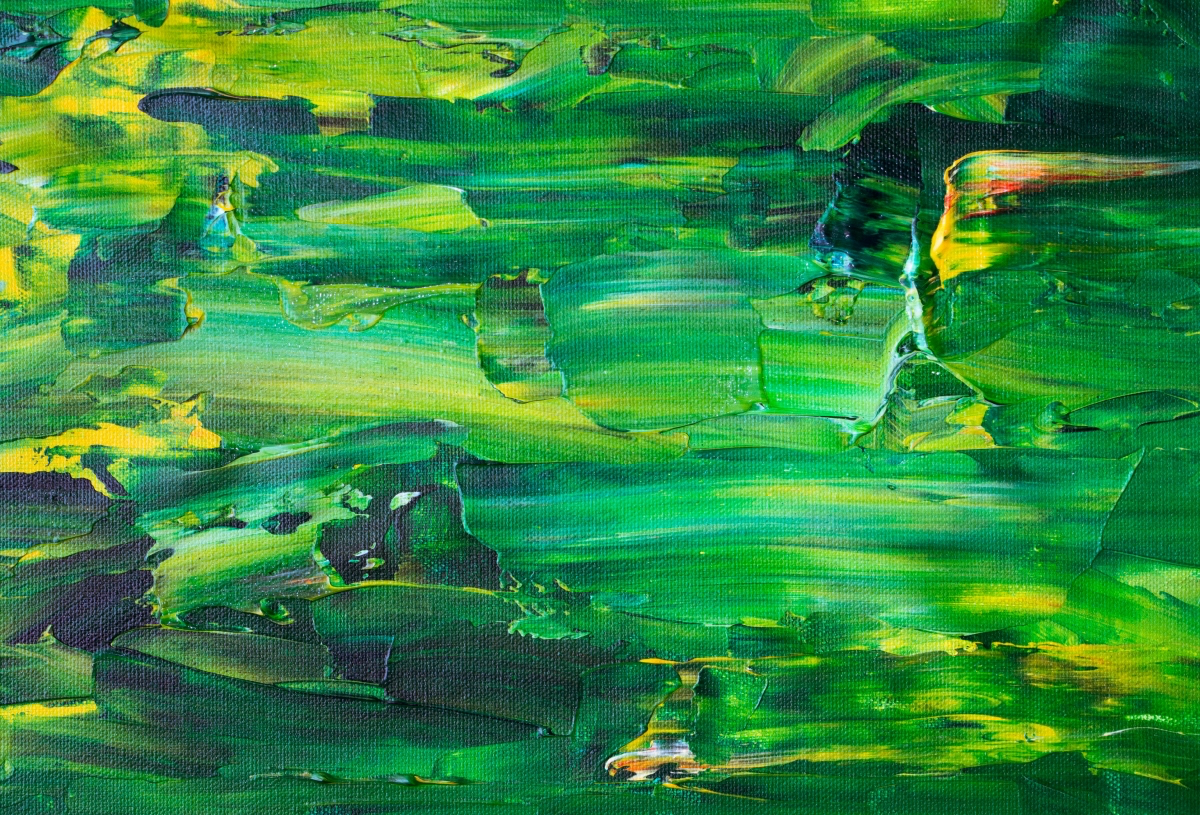
How To Mix Green Digitally
Digital artists, fear not, for you too can indulge in the mesmerizing world of green. Here’s how to mix green digitally:
- RGB Values: In digital design, green is often created using RGB (Red, Green, Blue) values. Adjusting the intensity of red and blue in the RGB spectrum allows you to fine-tune your green to perfection, giving you control over the vibrancy and shade.
- Color Pickers: Software tools like Photoshop provide color pickers that let you select any hue along the spectrum, making it effortless to create your perfect green. With just a few clicks, you can navigate the vast world of colors and discover the greens that resonate with your vision.
Now that we’ve explored the art of mixing green, let’s shift our focus to the enchanting ways green finds its place in design and the important considerations that come with it.
With just a few clicks, you can discover the greens that resonate with your vision

The Use of Green in Design
Green isn’t merely a color; it’s an emotion, a symbol, and a design choice that can transform spaces, evoke feelings, and convey messages. In design, the use of green is a versatile tool that plays different roles in different contexts. Whether it’s the calming influence of nature or the vibrancy of modern aesthetics, green has a unique place in the world of design.
Green is a versatile tool that plays different roles in different contexts
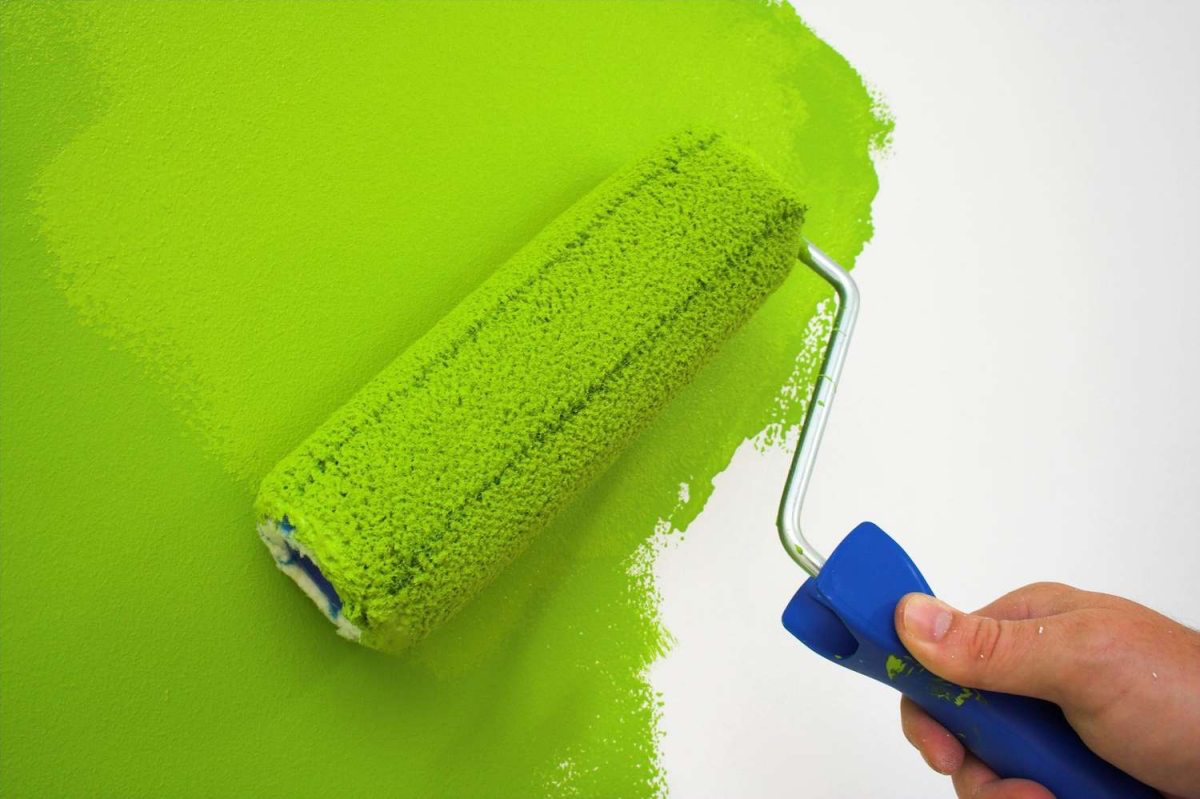
Important Considerations About Green
While green is undoubtedly captivating, its application in design isn’t without its nuances. Here are some essential considerations when working with green:
- Mood and Atmosphere: Green has the power to evoke a wide range of emotions, from tranquility and harmony to growth and renewal. Choose shades wisely to align with the desired mood of your design.
- Cultural Significance: Green holds cultural significance worldwide, symbolizing everything from nature and fertility to money and envy. Be mindful of cultural connotations when incorporating green into your designs.
- Color Combinations: Green pairs beautifully with a spectrum of colors, from complementary reds to harmonious blues. Explore different combinations to find the perfect match for your design.
- Balance and Contrast: Achieving balance and contrast with green is crucial. Consider using green as both a dominant and an accent color to create visual interest and harmony.
Now, let’s delve into the most beloved and popular shades of green, each with its unique charm and character.
Achieving balance and contrast with green is crucial

The Most Popular Green Shades
As we explore the lush world of green, we encounter a palette of shades that captivate our senses and inspire our creativity. Here are some of the most beloved and popular green hues that have left an indelible mark on the world of design:
- Emerald Green: This rich and luxurious shade exudes opulence and sophistication. It graces jewelry, fashion, and interiors with its timeless elegance.
- Mint Green: Soft and refreshing, mint green offers a sense of calm and serenity. It’s a favorite for interiors, fashion, and wedding themes.
- Olive Green: Earthy and versatile, olive green embodies a connection to nature and the outdoors. It’s a popular choice for fashion, accessories, and rustic-themed interiors.
- Lime Green: Vibrant and energetic, lime green infuses designs with a burst of freshness and enthusiasm. It’s a go-to choice for contemporary interiors, branding, and youthful aesthetics.
- Forest Green: Deep and mysterious, forest green evokes the enchantment of woodlands and nature’s secrets. It graces interiors, outdoor apparel, and rustic designs.
These are some of the most beloved and popular green hues
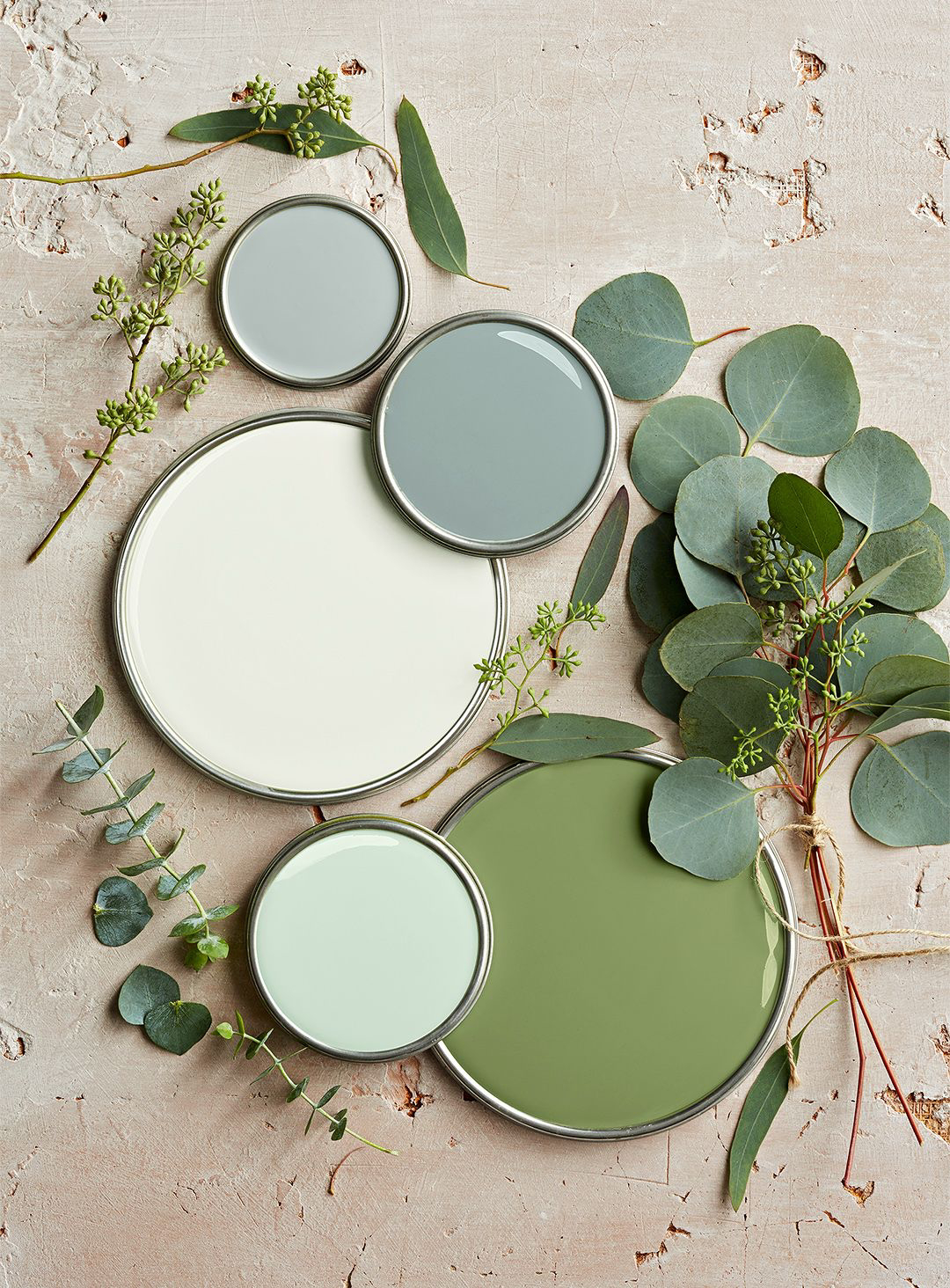
Conclusion
As we conclude our colorful journey into the world of green, we’ve uncovered the magic of color blending, the artistry of design, and the nuances of green’s influence on our emotions and surroundings. Green, with its lush and vibrant hues, invites us to explore the beauty of nature, the creativity of art, and the endless possibilities of design. Whether you’re an artist seeking to mix the perfect shade of green on your canvas or a designer incorporating green into your projects, remember that the world of color is vast, and your creativity knows no bounds. Let the beauty of green inspire you, and may your artistic endeavors flourish like the vibrant foliage of a lush forest. In the realm of color, every shade has a story to tell, and green’s story is one of life, vitality, and boundless creativity.
Now you know how to use this lush color for your art projects!
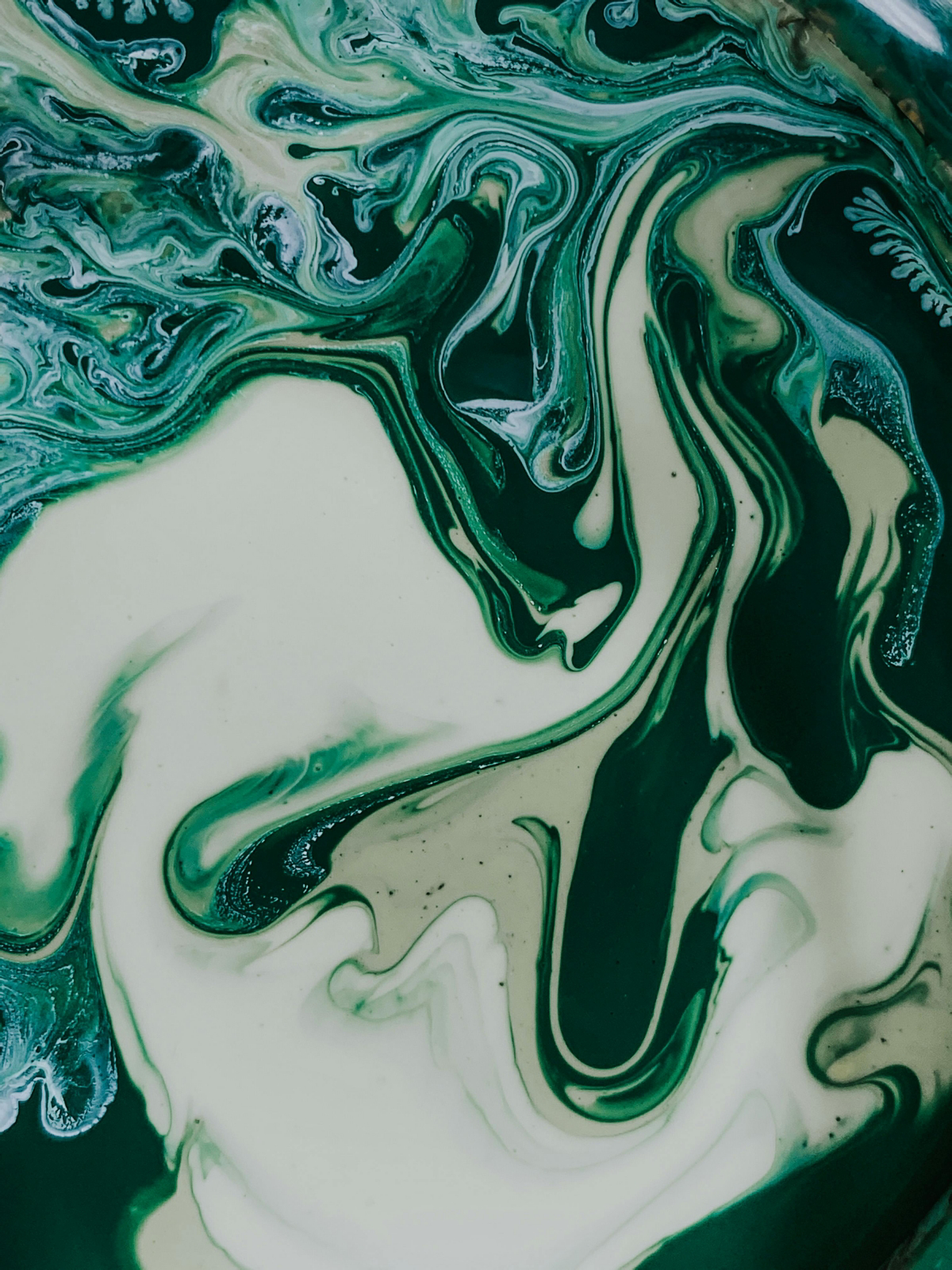
More Articles You Might Like
- What Colors Make Purple? A Comprehensive Guide For Artists
- What Colors Make Yellow: A Guide for Painters and Designers
- What Colors Make Orange: A Guide for Artists & Designers
- What Colors Make Blue: The Art of Mixing & Using Blue in Design
